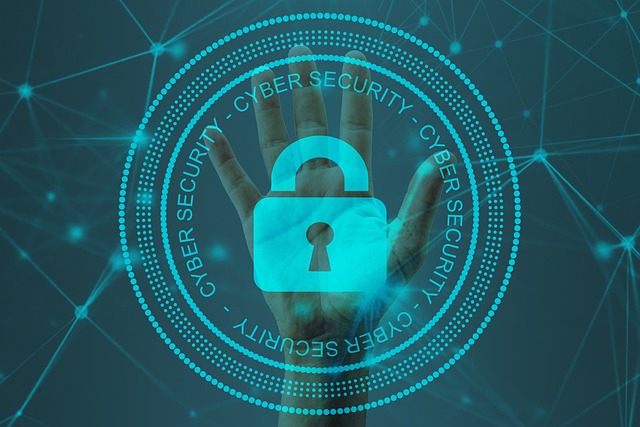Security Awareness Training program
Security Awareness Training
Welcome to our Security Awareness Training program.
We’re passionate about cybersecurity . We want to ensure all cyber practitioners learn relevant and useful skills which can immediately be used in the real world.
We work with industry experts, including SOC Managers, Senior Security Analysts, Incident Responders, and more to help develop training that is applicable to modern security operations.
Our Security Awareness Training program includes:
Phishing Scenarios: Phishing is a common tactic used by cybercriminals to trick individuals into disclosing personal information or login credentials. Here are some examples of phishing attempts:
An email that appears to be from a legitimate company, such as a bank or a popular online retailer, asking you to click on a link or enter your login information.
A text message or phone call from someone claiming to be from a government agency or a company you do business with, asking for personal information or money.
A pop-up window on a website that looks like an official login page, but is actually a fake page designed to steal your information.

Get in Touch
Get in touch today and explore project options
Password Management: Creating and managing strong passwords is an important aspect of cybersecurity. Here are some best practices for creating and managing strong passwords:
• Use a combination of upper and lowercase letters, numbers, and special characters.
• Avoid using easily guessable information, such as your name, address, or birthdate.
• Use a different password for each account.
• Change your passwords regularly.


Social Engineering: Social engineering is a tactic used by cybercriminals to trick individuals into providing personal information or access to company networks. Common examples of social engineering include:
• Phishing email or phone calls that attempt to trick you into giving away personal information or login credentials.
• Someone posing as a trustworthy individual, such as a company employee or a government agent, and asking for personal information or access to company networks.
• Physical social engineering, such as tailgating (following someone through a secure door), dumpster diving (looking through trash for sensitive information), and shoulder surfing (watching someone enter their login credentials).
Malware and Ransomware: Malware and ransomware are types of malicious software that can cause harm to your device and steal personal information. Here are some examples of malware and ransomware:
Malware: A software that is designed to damage or disrupt a computer system. Examples include viruses, worms, and Trojan horses.
Ransomware: A type of malware that encrypts your files and demands a ransom to be paid in order to restore access to your files.


Email Security: Email is a common way for cybercriminals to spread malware or steal personal information.
We work with industry experts, including SOC Managers, Senior Security Analysts, Incident Responders, and more to help develop training that is applicable to modern security operations.
The objective of blue team operations is to determine the weaknesses that affect an organization and implement security mechanisms and safeguards to protect their data and digital infrastructure.
This series teaches Infosec and cybersecurity professionals about industry standards and tools to protect, detect, and respond against attacks from malicious threat actors in an enterprise environment.
In conclusion, cybersecurity is a shared responsibility and it’s important for all employees to understand the risks and take appropriate actions to prevent them. We are confident that our security awareness training will provide so many valuable information and tools to protect yourself and the company from cybersecurity threats.
Remember that cybersecurity is an ever-evolving field and it’s important to stay informed and vigilant to protect yourself and your company from new and emerging threats.
